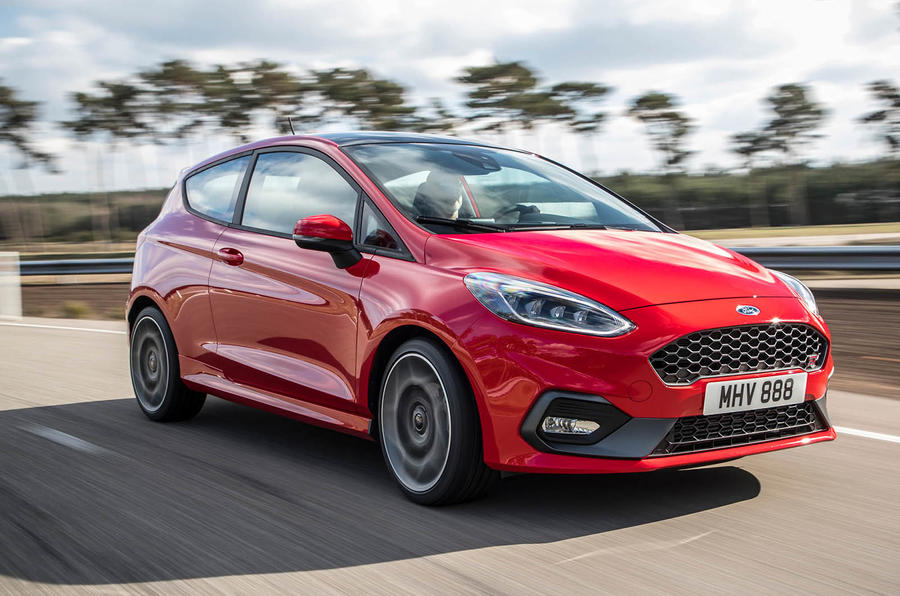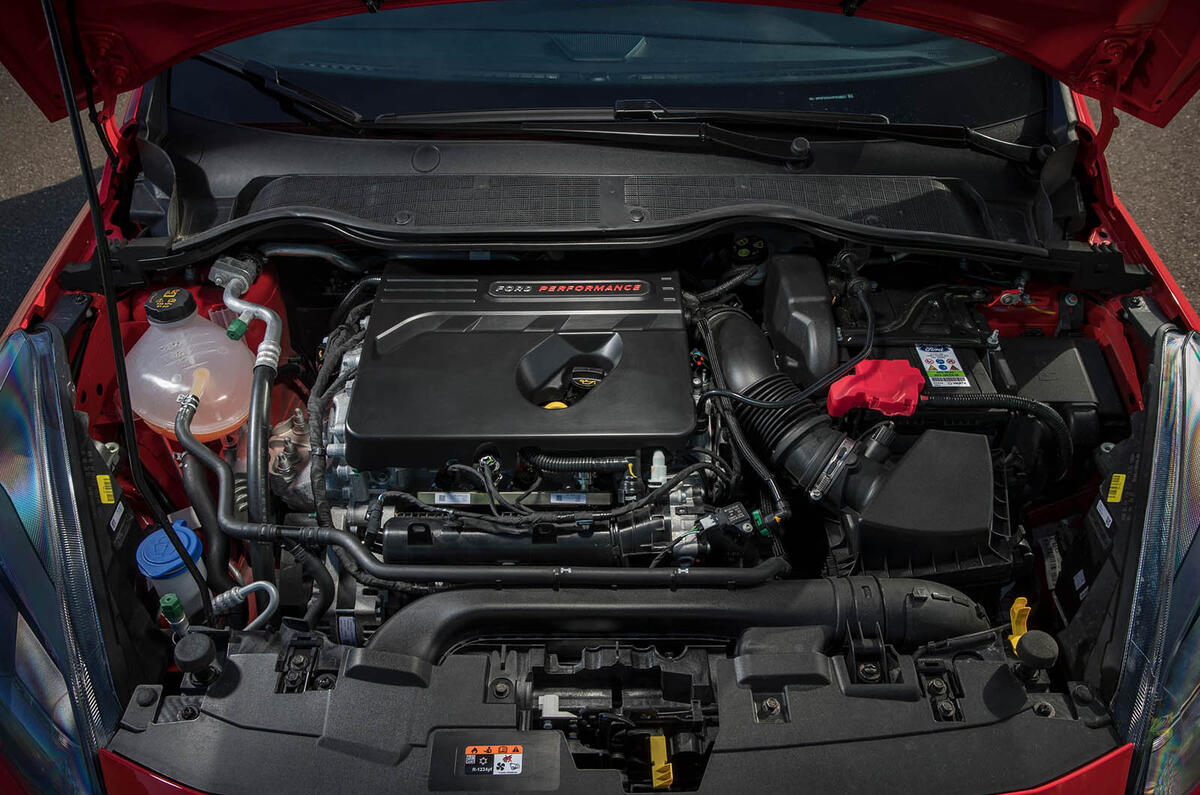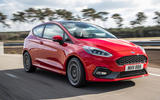What is it?
Remember when hot hatchbacks felt like a break from the rigorous commercial norm of the car business? Oddballs and extroverts such as the Mitsubishi Mirage Cyborg R, Citroën AX GT and Renault Clio V6? They certainly don’t make ‘em like that any more.
The modern descendents of these cars Renault may still be fun to drive but, at least as far as the industry is concerned, they’re now also serious cars – and serious money-making machines. Often seen as key ‘brand-builders’ by the companies producing them, hot superminis are now twice as popular in Europe as they were just five years ago. And both the specification of the new third-generation Ford Fiesta ST and the evident time and effort lavished on it by in-house tuning department Ford Performance echo that commercial reality loud and clear.
Coming along just a year after the launch of the seventh-generation Fiesta hatchback on which it’s based, the new ST model has a list of hardware upgrades and performance features more lengthy and impressive, in many ways, than that of the car with which Team RS built its modern reputation: the 2002 Focus RS.
That it’s the first fast Fiesta to be available with a helical limited-slip differential for its driven front axle will be the headline-grabbing titbit plucked by many from the specification sheet (it’s optional and supplied by Quaife). But this is actually a car with so much new and interesting technical content that I’ll do well to cover all of it and find enough room for driving impressions. Here goes nothing.













































Join the debate
Add your comment
Best Car
With thanks! best car Valuable information! Useful post, Nice info!
We provide all Cricket match prediction today. CBTF Winner prediction tips. BBL 2019-20 reports, 2020 IPL 13 match tips, 2020 WC T20, BPL 2020, PSL T20 Match Toss Session cricket reports, Lambi Pari cricket tips, Fency Match Reports Today. Today match prediction tips.
The first thing you be aware
The first thing you be aware is that the engine is a cracker, with none of the hard noise and vibrations which could affect three-cylinder gadgets. It gives the car awesome performance, that's complemented by using a slick gear change and just the right mixture of burbles and pops from the exhaust. UK Assignment Writing Services
Sounds great on paper
More power (and torque) than my old E36 328i Sport from a 1.5l 3-pot. That's pretty impressive stuff